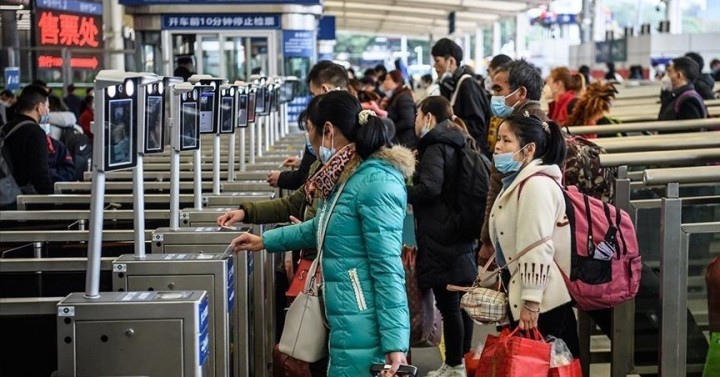PHILIPPINES: PBBM Orders E-visa Extension for China, S. Korea, Japan, India

President Ferdinand R. Marcos Jr. has ordered the extension of online visa application for travelers from China, South Korea, Japan and India, Malacañang announced on Thursday.
Marcos issued the directive during his meeting with members of the Private Sector Advisory Council’s (PSAC) Tourism Sector at Malacañan Palace in Manila on Thursday, Communications Secretary Cheloy Garafil said in a statement.
“President Ferdinand R. Marcos Jr. ordered government agencies on Thursday to act on the extension of e-visa for Chinese, Indian, South Korean and Japanese nationals to capture the tourism markets of these countries,” Garafil said.
Garafil noted that the PSAC, during the meeting at Malacañan Palace, asked Marcos to include Indian nationals in the visa-upon-arrival program and the e-visa application, which is currently available only for Taiwanese, Chinese, Indian, South Korean and Japanese nationals.
The recommendation was made to achieve the government’s economic objectives, particularly in the country’s key sectors, Garafil said.
Department of Foreign Affairs (DFA) Secretary Enrique Manalo, who was present during the meeting, said his office is already collaborating with the Department of Information and Communications Technology (DICT) on the development of the technical plans for the e-visa.
DICT Secretary Ivan John Uy said various connectivity matters still need to be threshed out with respect to the other jurisdictions that will avail of the Philippine e-visa platform.
“It will take at least a semester to develop the capability because there is so much anti-fraud element that needs to be consolidated with the platform, and the various countries that will be connecting with the system and with the transactions,” Garafil said, citing Uy’s remarks.
Visa Upon Arrival
Meantime, Manalo said the DFA has a program for certain Chinese nationals who could avail of the visa-upon-arrival.
Other foreign nationals, including Americans, Japanese, Australians, Canadians and Europeans, may also get a 14-day visa upon arrival, Garafil said.
From February to December 2022, the Philippines welcomed around 2.65 million visitors comprised of 2.02 million foreign tourists and 628,445 Filipinos overseas, based on the data released by the Presidential Communications Office (PCO).
Garafil said the latest figure is higher than the 2021 tourist arrivals of 163,879 but still lower than the pre-pandemic level of 8.26 million.
The Department of Tourism (DOT) is expecting around 4.8 million tourist arrivals in 2023, which could generate PHP2.58 trillion in revenue.
Short-term Strategic Recommendations
Marcos, Garafil said, suggested that the DICT may accept India’s offer to use its application for visa requirements.
Garafil said the PSAC also made “short-term” strategic recommendations, which include the improvement of airport infrastructure and operations, promotion of tourism investments and managing national brand or image.
She added that the PSAC, likewise, proposed the implementation of a Value-Added Tax (VAT) Refund Program for foreign tourists by 2024, as well as the removal of One Health Pass (OHP) or requirement of one form only for health, immigration, and customs.
The council also sought the “automatic” inclusion of travel tax in all airline tickets and the revocation of outdated advisories and loud-speaker announcements at airports, Garafil said.
























